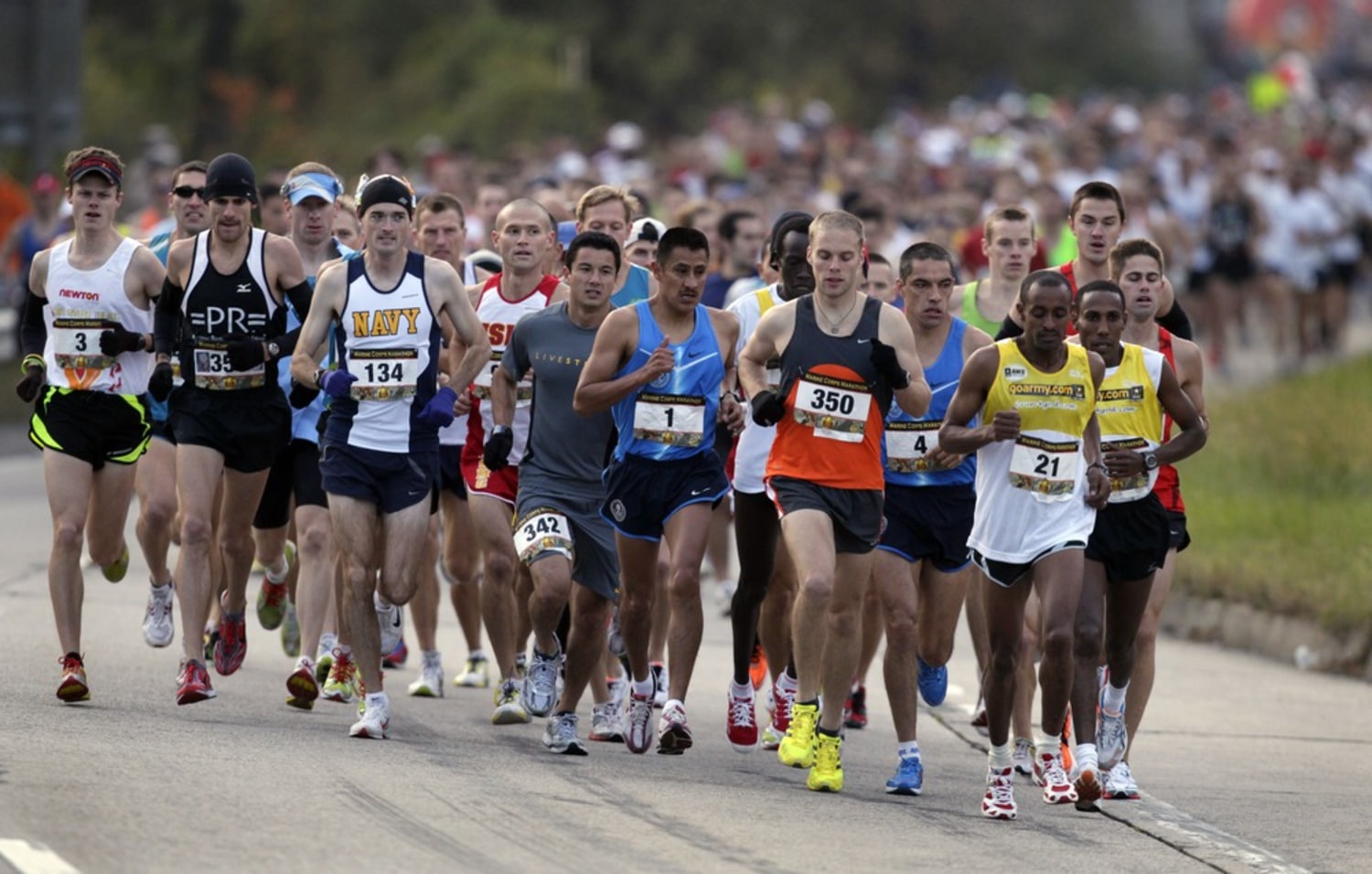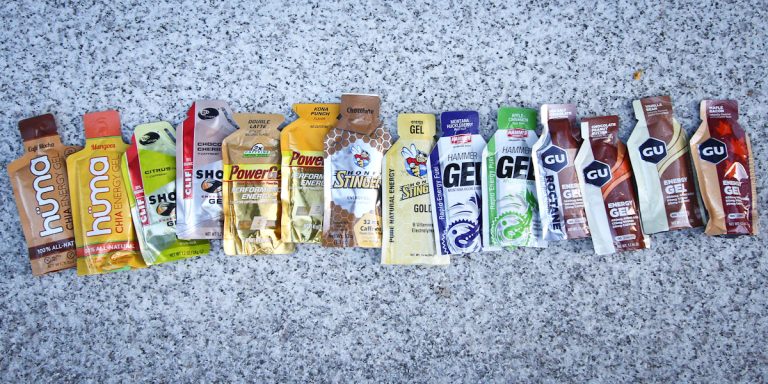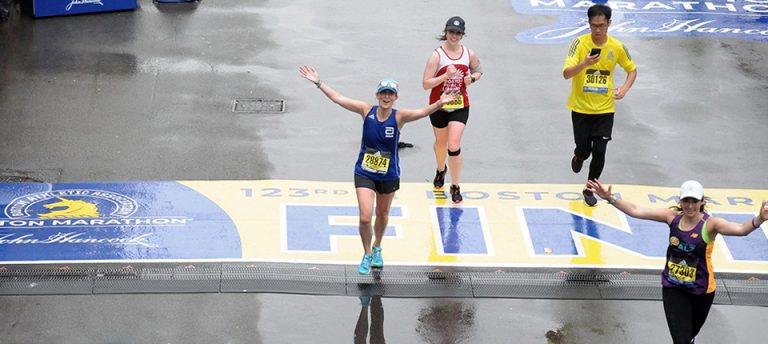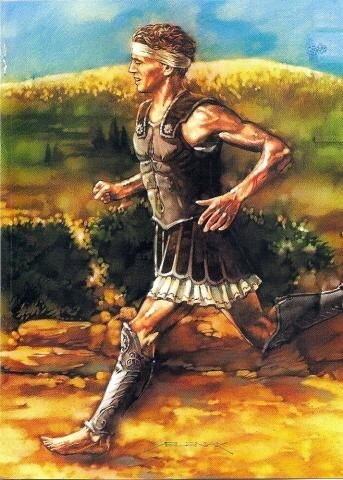Why Do Marathon Runners Lose Their Toenails
Marathon runners lose their toenails due to repetitive stress on the toes from long-distance running. The constant pressure causes the toenails to separate from the nail bed.
Marathon runners put their feet through rigorous pounding and stress during the grueling miles they cover. The constant impact and friction between the toes and shoes can lead to the toenails lifting or detaching from the nail bed. This condition, known as subungual hematoma, can result in blackened toenails or even complete loss of the nail.
While losing toenails may not be harmful, it can cause discomfort and impact the runner’s performance. Understanding the reasons behind this phenomenon can help runners take preventive measures such as proper-fitting shoes and nail care to minimize the risk of toenail loss.
The Phenomenon Of Lost Toenails
Marathon runners often lose their toenails due to repeated trauma and pressure on the toes while running long distances. This phenomenon occurs because the constant impact causes the toenails to lift and eventually detach, leading to the common issue experienced by many long-distance runners.
One common phenomenon that marathon runners often encounter is the loss of toenails. This peculiar occurrence may leave you wondering why it happens and if it’s a cause for concern. In this article, we will explore the causes of toenail loss in marathon runners and the impact it can have on their overall performance and foot health.
Causes Of Toenail Loss
Several factors contribute to the loss of toenails among marathon runners:
- Trauma: The repetitive pounding of feet against hard surfaces during long-distance running can cause trauma to the toes, leading to blood pooling and subsequent detachment of the toenail from its bed.
- Ill-Fitting Shoes: Wearing shoes that are too tight or too loose can create constant friction and pressure on the toes, leading to toenail damage and loss.
- Long Distances: Endurance training often requires marathon runners to cover extensive distances. Increased mileage can result in excessive stress on the toes, making them more susceptible to nail damage.
- Improper Nail Care: Neglecting proper nail maintenance, such as keeping nails trimmed and clean, can increase the likelihood of toenail damage during long-distance running.
Impact On Marathon Runners
The loss of toenails can have both physical and psychological implications for marathon runners:
- Discomfort and Pain: The absence of toenails can cause discomfort, pain, and heightened sensitivity in the affected area, potentially hindering the runner’s performance.
- Increased Risk of Infection: With the protective barrier of the toenail gone, the exposed nail bed becomes vulnerable to infections, such as fungal or bacterial, which can further impede running and overall foot health.
- Alteration of Running Mechanics: Losing toenails can disrupt the runner’s gait and foot mechanics, affecting their stability and potentially leading to other foot-related injuries.
- Psychological Impact: The aesthetic appearance of missing toenails may cause self-consciousness among runners, affecting their confidence and motivation during races.
Toenail loss is a common occurrence among marathon runners, primarily due to the intense physical demands placed upon their feet. While it can be a temporary setback, understanding the causes and effects of toenail loss can help runners implement preventive measures and seek appropriate treatment when necessary to ensure optimal foot health and performance.
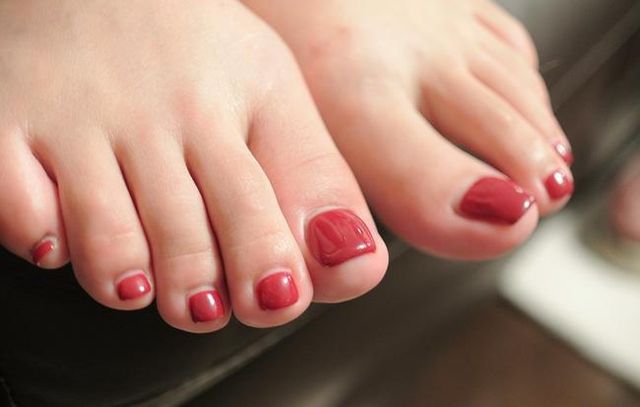
Credit: www.runnersworld.com
Footwear And Toenail Problems
Marathon runners often experience toenail problems due to ill-fitting footwear and repetitive impact. These factors can cause bruising, bleeding, and ultimately lead to the loss of toenails.
Marathon runners often experience toenail loss due to the impact of improper footwear. Let’s explore the effects and preventive measures in detail.Effect Of Improper Footwear
– Tight or ill-fitting shoes cause repetitive friction leading to toenail trauma. – Poorly cushioned footwear can result in black toenails due to pressure on the toes. – Shoes that are too narrow can cause blistering and nail damage during long runs.Preventive Measures
– Wear properly fitted shoes with enough room for toe movement. – Choose running footwear with sufficient cushioning to absorb impact. – Opt for shoes with a wider toe box to prevent nail crowding and friction. – Trim toenails straight across to avoid ingrown nails and reduce pressure. Proper footwear selection and care are crucial in preventing toenail issues for marathon runners.Biomechanical Factors
Biomechanical Factors:
Repeated Pressure And Friction
Marathon runners face repetitive stress on their toenails due to continuous impact on hard surfaces.
Impact On Toenail Health
This constant pressure and friction can cause trauma, leading to damage and eventual loss of toenails.
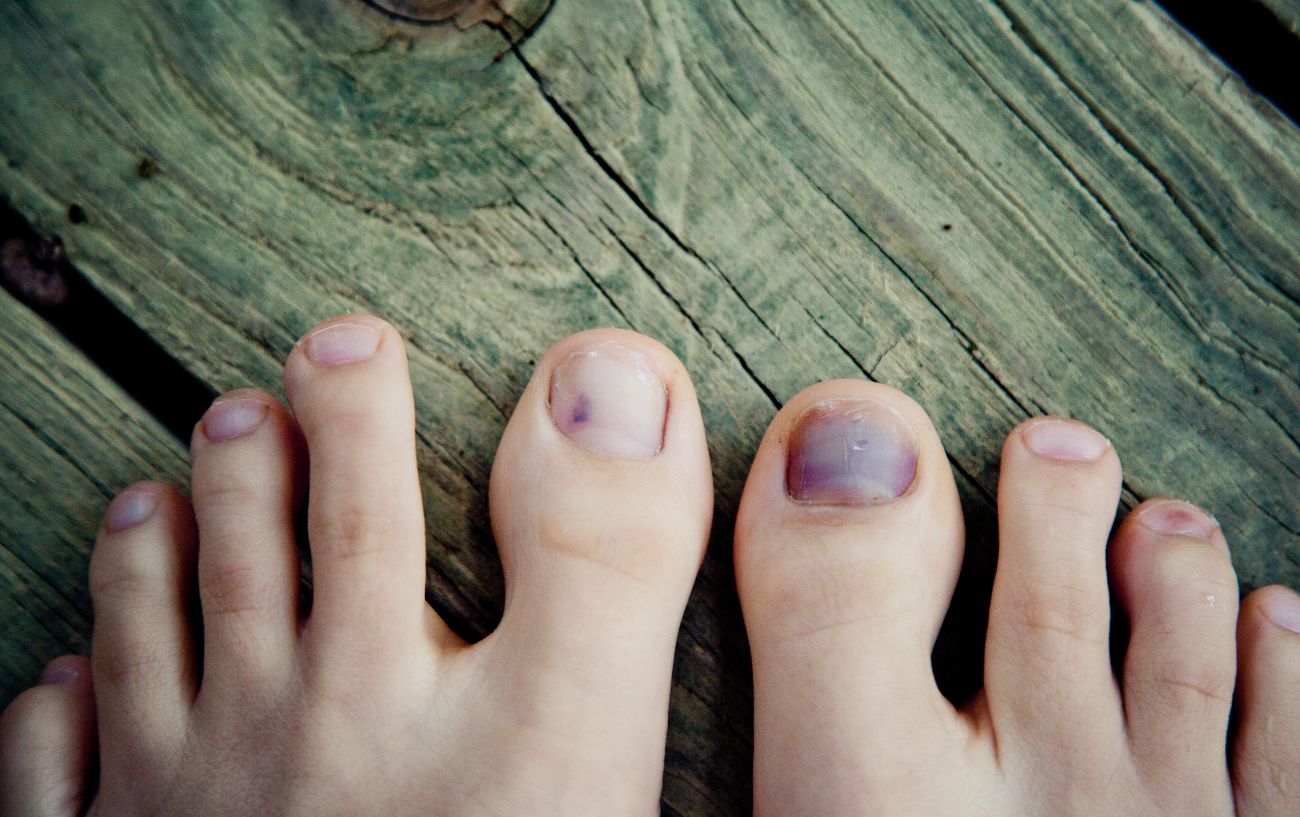
Credit: marathonhandbook.com
Nail Care And Maintenance
When it comes to marathon running, one of the common issues faced by many athletes is losing toenails. This may sound alarming, but it is a relatively common occurrence amongst long-distance runners. The repetitive stress and impact on the feet during marathon training can cause traumatic injuries to the toenails, resulting in them turning black, becoming loose, and eventually falling off. However, with proper nail care and maintenance, runners can minimize the risk of losing their toenails and keep their feet healthy throughout their training journeys.
Importance Of Nail Trimming
Keeping your toenails trimmed is crucial for marathon runners as it helps prevent a range of nail-related problems. Long nails can rub against shoes, causing irritation and increasing the likelihood of injury. By trimming your toenails regularly, you can reduce the risk of toenails digging into the surrounding skin or getting snagged on socks. Additionally, shorter nails are less likely to experience excessive pressure and trauma when your feet bear the brunt of your training miles. To maintain optimal nail health, follow these simple toenail trimming tips:
- Use clean and sharp nail clippers to prevent any infections.
- Trim your nails straight across to avoid ingrown toenails.
- Do not trim your nails too short; leave a small amount of white at the tips.
- Smooth any rough edges with a nail file.
Toenail Hygiene Tips
Alongside regular nail trimming, practicing good toenail hygiene is paramount for marathon runners. Taking proper care of your toenails helps prevent infections, keeps them strong, and reduces the risk of nail issues. Here are some essential toenail hygiene tips to follow:
- Keep your feet clean and dry, especially between the toes, to prevent fungal infections.
- Avoid sharing towels, socks, and shoes to minimize the risk of contagious conditions.
- Wear moisture-wicking socks to keep your feet dry during long runs.
- Change into clean socks after workouts or whenever your feet get wet.
- Inspect your toenails regularly for any signs of damage, fungus, or infection.
By incorporating these nail care and maintenance practices into your marathon training routine, you can maintain healthier and stronger toenails. Remember, happy toenails lead to happy feet, allowing you to focus on achieving your running goals without the worry of losing your toenails along the way.
Recovery And Treatment
Recovering from toenail injuries caused by long-distance running is crucial for marathon runners. Treatment methods and professional help play key roles in the healing process. Understanding how to deal with toenail injuries and seeking effective solutions can help athletes get back on track quickly and safely.
Dealing With Toenail Injuries
When dealing with toenail injuries, it’s essential to prioritize proper care and treatment to aid recovery. Here are some tips for managing toenail injuries:
- Keep the affected area clean and dry to prevent infection.
- Avoid tight-fitting footwear to reduce pressure on the toenails.
- Trim toenails carefully to prevent further damage or discomfort.
- Apply a cushioned bandage to protect the injured toenail during physical activity.
Professional Help And Solutions
In some cases, seeking professional help and specialized solutions may be necessary for proper toenail injury recovery. Some effective professional treatments and solutions include:
- Consulting a podiatrist or sports medicine specialist for expert advice and personalized treatment recommendations.
- Undergoing medical procedures such as partial or complete toenail removal for severe injuries or persistent problems.
- Utilizing orthopedic inserts or custom-made footwear to alleviate pressure on the toenails and promote proper foot mechanics during running.

Credit: archive.nytimes.com
Frequently Asked Questions On Why Do Marathon Runners Lose Their Toenails
Why Do Toenails Fall Off After Running A Marathon?
Running a marathon puts pressure on toenails, leading to trauma and bruising, causing them to fall off.
How Do I Stop My Toenails From Falling Off When I Run?
To prevent toenails from falling off when running, wear properly fitted shoes and moisture-wicking socks to reduce friction and moisture buildup. Trim nails straight across and not too short. Gradually increase running intensity to avoid sudden pressure on nails.
Why Do Runners Remove Their Toenails?
Runners sometimes remove their toenails due to repetitive trauma from long-distance running, which can lead to black or ingrown nails. It helps relieve discomfort, prevent infection, and aid in the healing process.
Conclusion
Marathon runners frequently experience toenail loss due to the constant repeated stress placed on their feet during long-distance races. The repetitive motion, combined with ill-fitting shoes, can result in bruised and damaged toenails. Runners can prevent this issue by wearing proper footwear, keeping toenails trimmed, and ensuring a good fit.
Understanding the causes and taking preventative measures can help runners maintain healthy toenails and avoid discomfort during their training and races.

